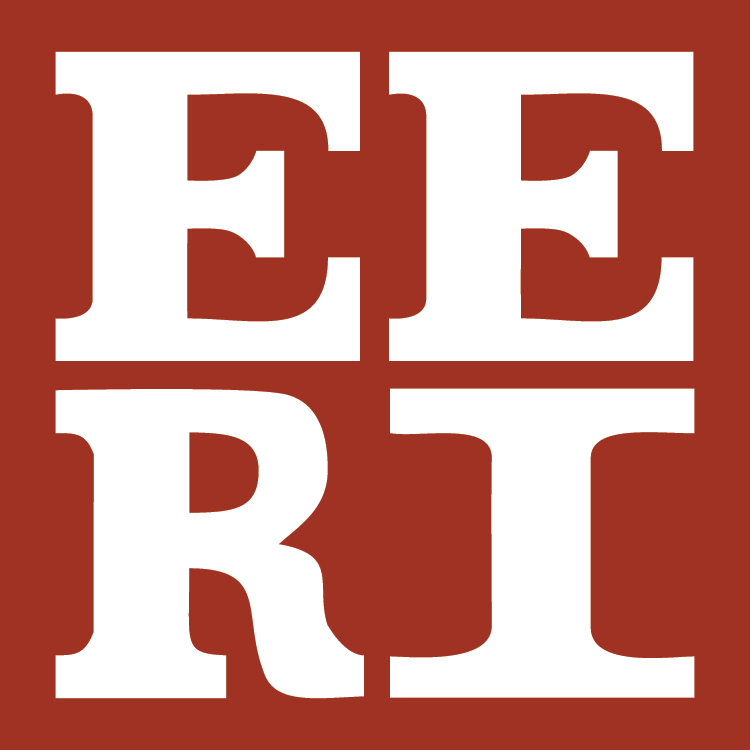About Scenarios
EERI is widely recognized for its leadership role in scenario development, having been instrumental in the preparation of several major earthquake scenarios within the past 15 years. Scenarios for the Hayward Fault and the Seattle Fault have already been completed. EERI is currently involved in the NEHRP Scenario Project, with NEHRP funding support, to develop and carry out a national workshop to promote the development and use of scenarios and to develop guidelines for use by jurisdictions to develop their own scenarios. EERI is also currently involved in efforts to develop new scenarios in the central U.S., focusing on the New Madrid Seismic region; in Southern California, focusing on the southern San Andreas Fault ; and in northern California, focusing once again on the Hayward Fault.
General Scenario Resources
- EERI-NEHRP Developing Earthquake Scenarios website. This site was created to help communities through the process of developing and using effective earthquake scenarios by providing tools, examples and resources.
- NIST Community Resilience Planning Guide with various resources including the ‘Community Resilience Planning Guide for Buildings and Infrastructure Systems Volumes I and II,’ as well as ‘Community Resilience Economic Decision Guide for Buildings and Infrastructure Systems.’
Example Scenarios
- 1990 SanDiego-Tijuana Earthquake Scenario Report – (46MB pdf file).
Reichle, M.S., & others – The proposed effects of a large earthquake on the Rose Canyon and associated faults. - 2008 Southern California Shake-Out Scenario. The ShakeOut special issue communicates how science can enhance community resilience and has relevance far beyond California for earth sciences, earthquake engineering, preparedness, mitigation, emergency response, decision-making, and public policy.
- 2015 Utah Wasatch Fault Scenario. This scenario project created a report for the Utah Seismic Safety Commission titled “Scenario for a Magnitude 7.0 Earthquake on the Wasatch Fault–Salt Lake City Segment” that summarizes the hazards associated with this earthquake and provides loss estimates.
- 2006 Seattle Earthquake Scenario website. This website contains links to their final documents and other presentations.
- 2010 Hayward Scenario. This website contains links to their final documents and other presentations.
What is an Earthquake Scenario?
Earthquake scenarios provide opportunities to examine alternative futures and stimulate creative thinking about the need for new policies and programs. Incorporating the latest scientific, engineering and societal knowledge about a region’s seismic hazard, local soil characteristics, building types, lifelines, and population characteristics, a scenario can create a compelling picture that members of the local community can recognize and relate to. Not only can such a scenario stimulate new policies and programs, the process of scenario development itself often results in greater understanding and improved trust and communication between members of the scientific, engineering, emergency management, and policy communities resulting in a “new community” dedicated to seismic risk reduction. Some reasons for conducting an earthquake scenario include:
- It affords the opportunity for a community, organization or group to come together, get buy-in for the issues and discuss problems and potential solutions associated with a future earthquake.
- It is an effective way to make sure everyone participating in the process is talking about and visualizing the same issues.
- When used as part of an emergency response or management exercise, it can identify weaknesses and highlight strengths in a response or management system, allowing for modifications before a real disaster.
- It can serve as an advocacy tool to build community commitment to the earthquake risk reduction, as well as to secure funding and resources for solutions to the hazards laid out in the scenario.
- It is a useful tool for providing a picture of alternative outlooks in a community, with and without risk reduction actions.
- It can be used effectively as the basis of exercises and trainings in a community or organization, helping to answer the questions of “what if”, which are necessary to an exercise.
- It is a useful tool for testing a community’s ability to respond, and for training community and organizational leaders to better respond to a large seismic event.

